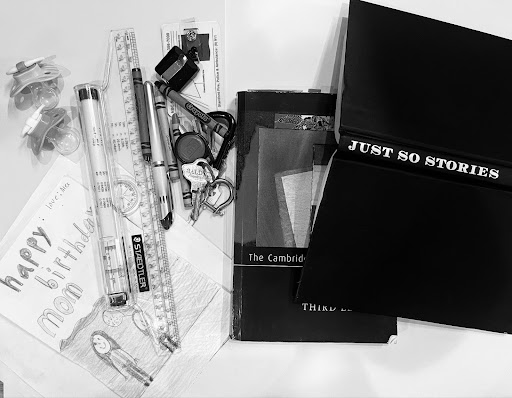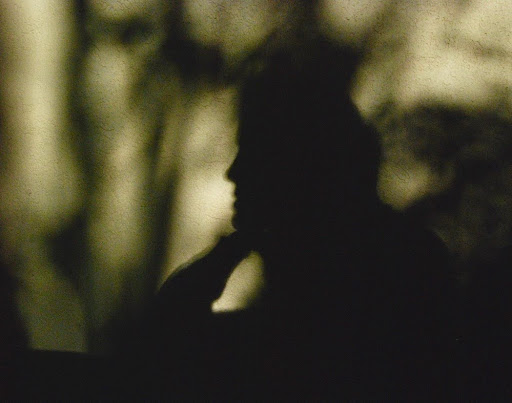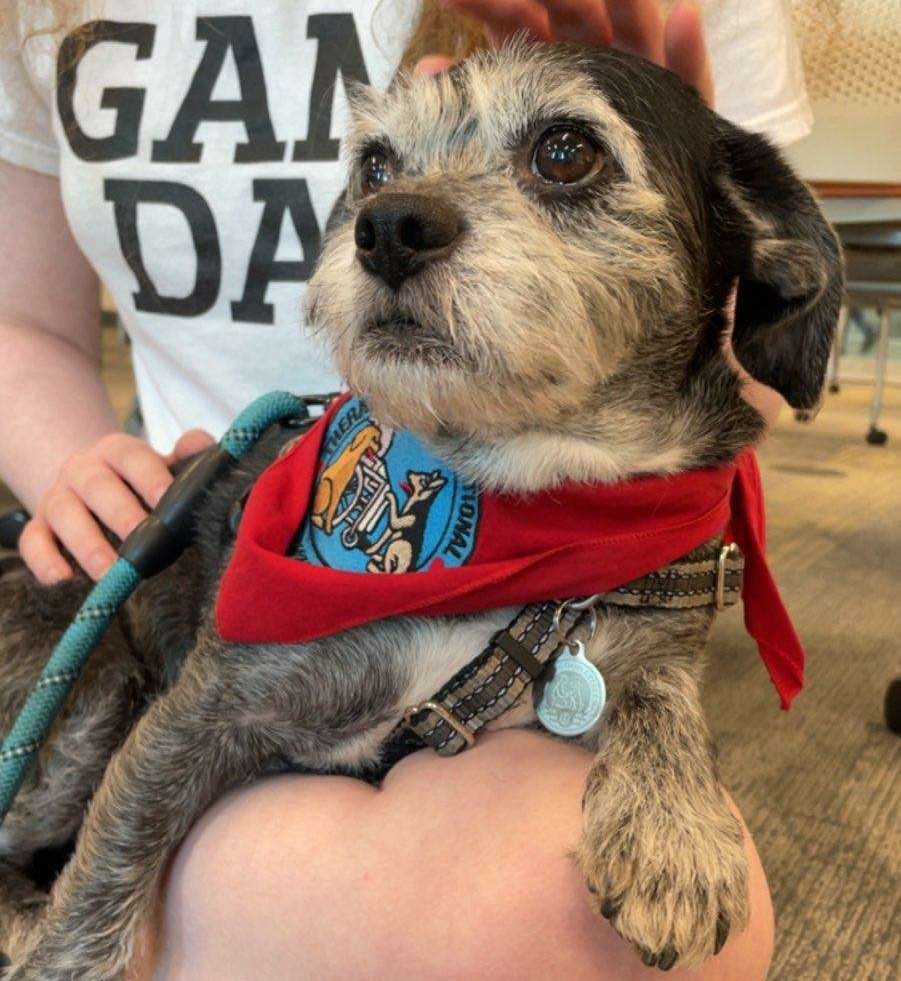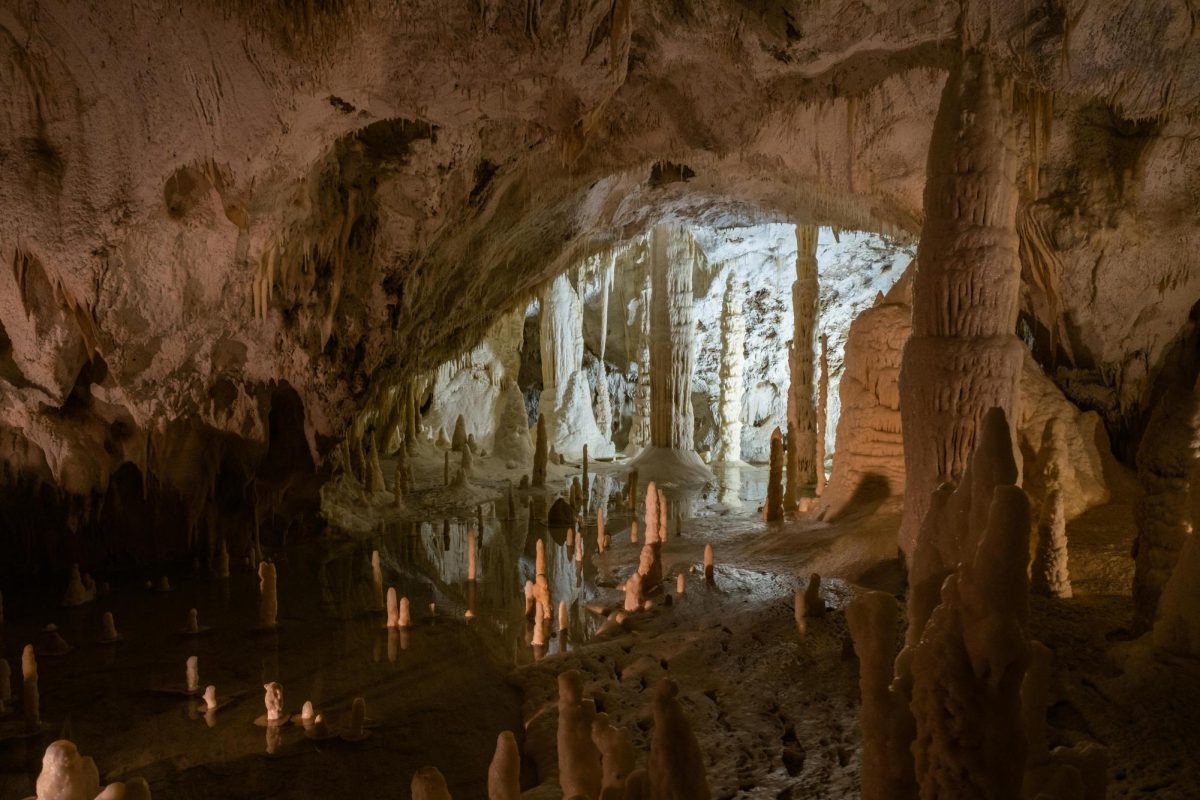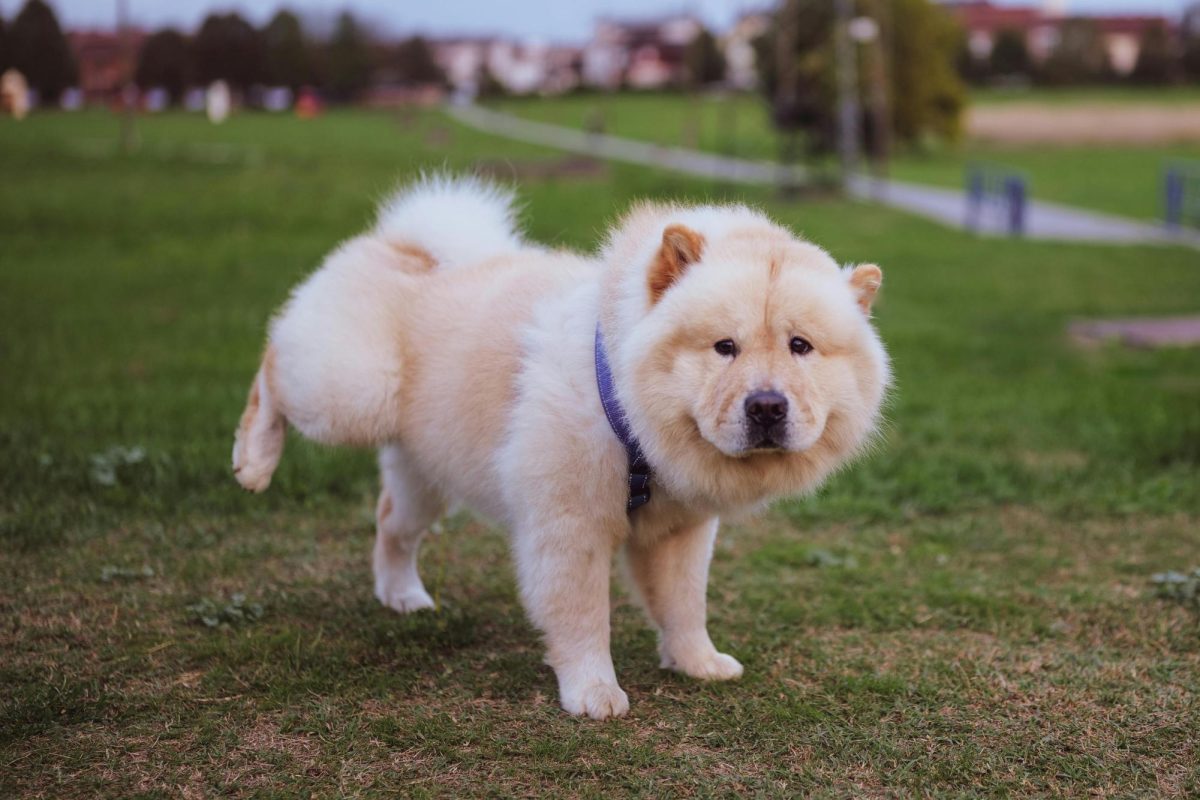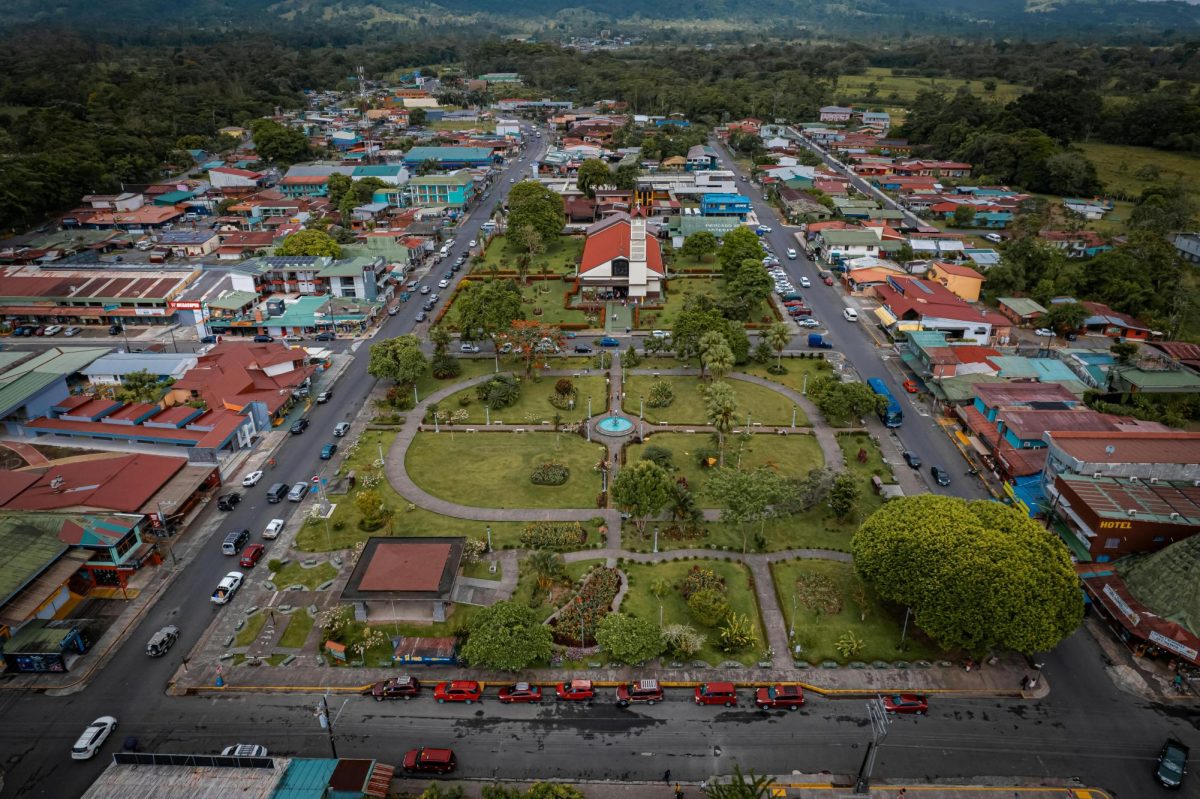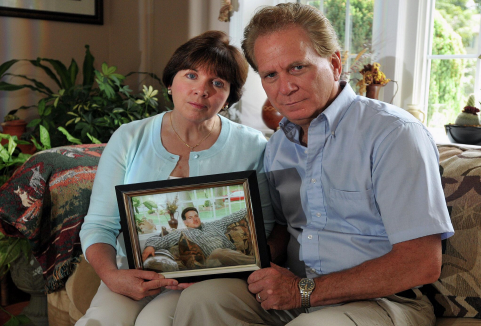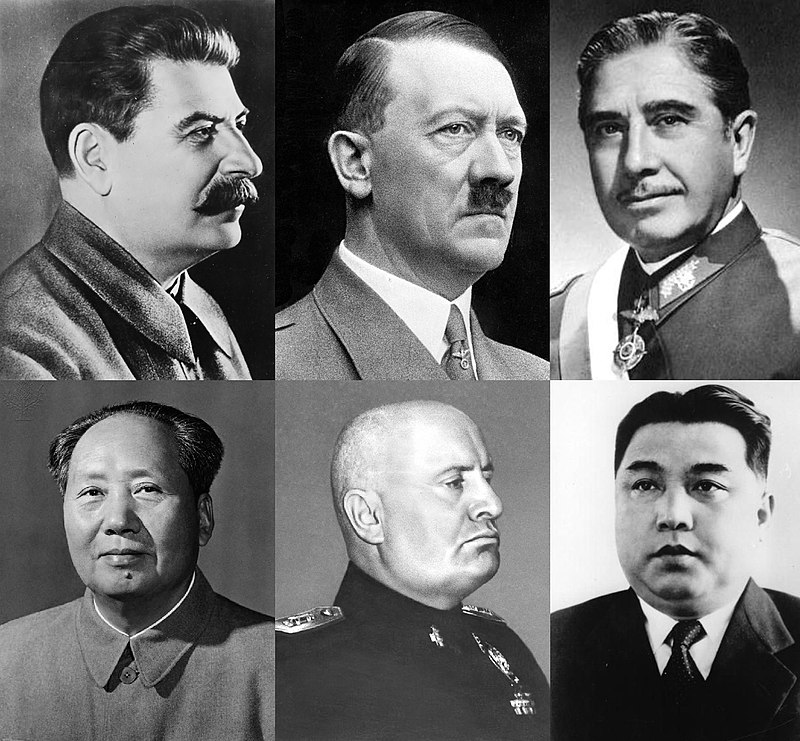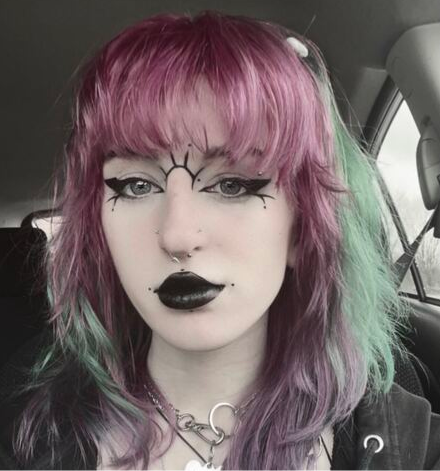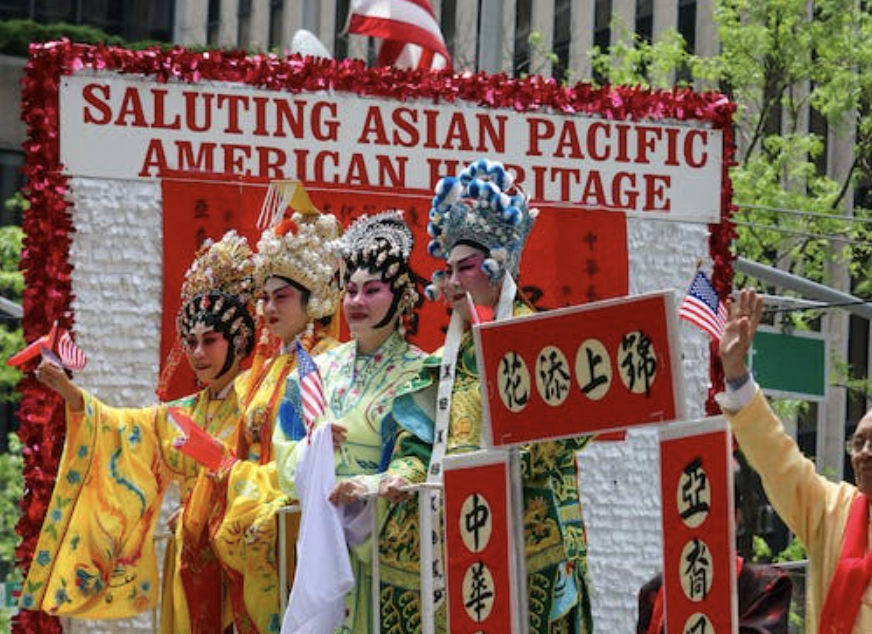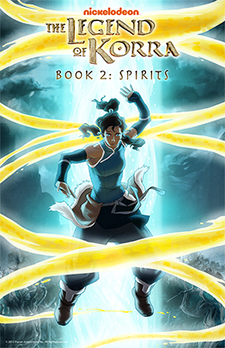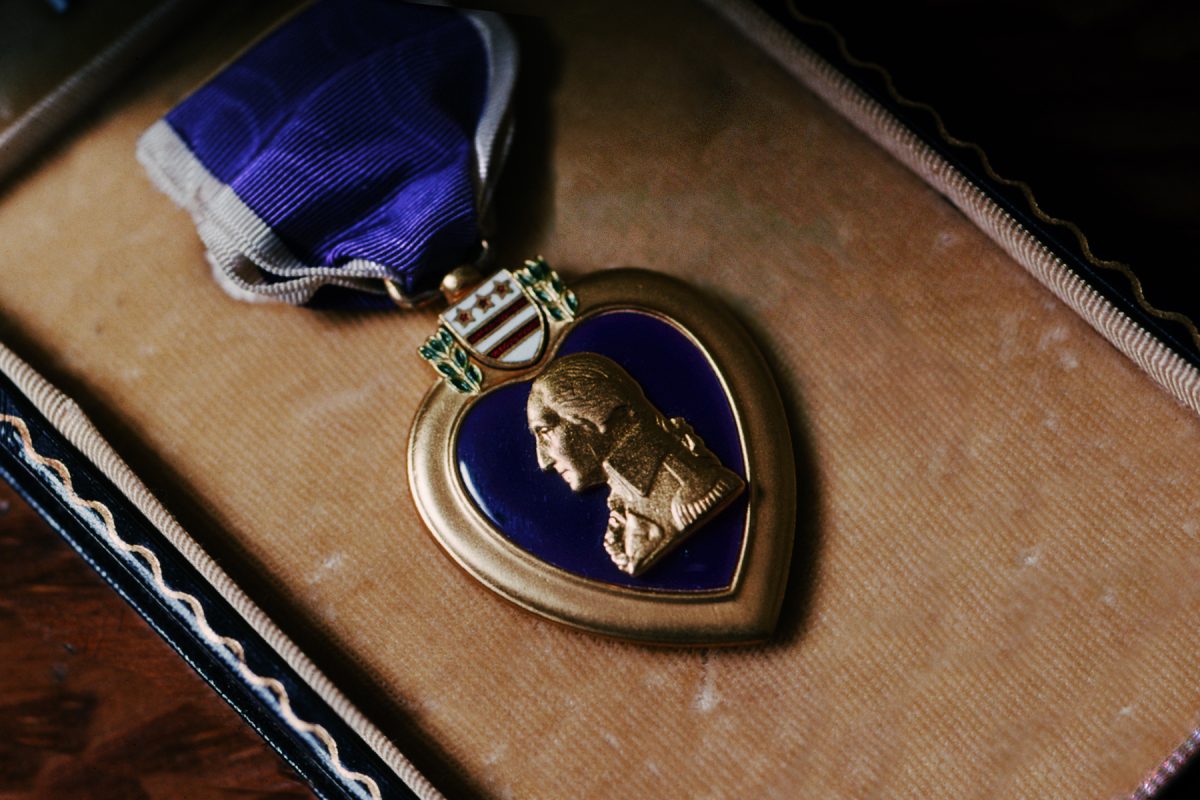Considering how obsessed I have become over “Avatar: The Last Airbender (ATLA)” and its characters, plot and overall storylines, one would think that when my friends pointed me toward its sequel series “Avatar: The Legend of Korra (TLOK)” I would have been over the moon at the fact that I would get to see more of my favorite benders and non-benders.
I was: mistaken.
While TLOK wasn’t an inherently horrible series, it was certainly not what I was expecting. The sequel series shattered many of the crucial pillars that ATLA had fought so hard to establish. Sure, the series is set 70 years later, and there are numerous advancements in characters, setting and many, many other factors, but for myself and many other viewers, the show seemed completely different and disappointing.
ATLA is one of the most widely loved animated television shows of all time. Its shoes are incredibly hard to fill, and Korra makes no attempt to do so. The sequel program strives to execute many aspects differently, retaining the look and feel of ATLA but with a significantly different structure and tone.
Creators Michael Dante DiMartino and Bryan Konietzko produced the 52-episode series, which follows Avatar Aang’s successor, Korra –– a 17-year-old from the Southern Water Tribe –– and is set in a dramatically different setting derivative of a 1920s-era cityscape. In contrast to ATLA, which featured air travel by flying bison and paper-based communication, TLOK included goofy radio announcers, flashy vehicle chases and a plethora of new technology. There’s also a competitive sport called pro-bending – which, to me, is reminiscent of Toph Beifong’s Earth Rumble VI days.
Despite the fact that Korra is Aang’s spiritual descendant, the two have absolutely nothing in common. While Aang first rejects the Avatar title until begrudgingly embracing it for the sake of the world, Korra is more than ready to take on the role, regardless of her reservations about some of her obligations, such as embracing the spirituality of it. She exposes herself to be the Avatar at about four years old in the first episode by expertly bending earth, water and fire as she yells at officials about how she was the avatar and they had to “deal with it.”
Now, what could I – and other views – possibly hate about a show that portrays the hero taking on a mantle with no complaints? There are many reasons.
“The Last Airbender” was hailed for its epic, three-season plotline that wonderfully and satisfyingly wrapped up practically every storyline and character development by the end. Aang’s journey is unique in that he must defeat Fire Lord Ozai, which he does by the conclusion of the series. In that singularity, there’s a lovely feeling of scale and completion that TLOK lacks, deciding instead to focus on different plotlines every season, each with a distinct adversary and theme. And to me, this is simply messy.
With all of this already in mind, I would have thought that the characters would have been better when I first watched. I was, once again, mistaken. The cast of ATLA is a group of fully realized, likable, and consistently amusing characters, with outstanding synergy in their writing and acting. The task of taking the place of these characters will have been a burden for everyone, and TLOK’s Team Avatar proved this point.
From the start, it was evident that TLOK’s characters were set out to fill the shoes of each original Team Avatar member –– Korra–Katara, Mako–Zuko, Bolin–Sokka, Asami–Toph, Tenzin–Aang –– which led to some unfavorable parallels. These primary characters discovered new areas to explore as the series progressed, but it took them a while to achieve that. Even so, competing with Zuko, Iroh, Toph, Katara, Sokka, Aang and the rest of the original Gaang is difficult. TLOK was left fighting a nostalgia factor that few sequels can do successfully.
Not only this but what this series also does with the original characters in ATLA that inhibit the show. At one point in the first season of TLOK, Korra reveals that Aang was a terrible parent who favored his youngest and only airbending son, Tenzin, over his eldest children, Kya and Bumi II –– a waterbender and a non-bender respectively. Taking this storyline and factoring in Aang’s growth in the original series, it is disappointing to see how out of character this seems for him. While it is understandable that Aang is the last of his kind and would, of course, want to have a child that could carry on his legacy, I don’t believe that Aang would be the type of parent to push his other kids away to favor the airbender.
Besides, with Sokka – a non-bender himself – as an uncle to Kya, Bumi II and Tenzin, I doubt that he would have gone a moment without calling Aang out about how idiotic he was acting if this was the case.
Toph’s portrayal in TLOK is similar to Aang’s in that she is not as present of a parent to Lin and Suyin Beifong as she should have been, having given her kids too much freedom because of the way she was raised. Not to mention that 80-year-old Toph was also seldom in the series because she had run off to a swamp to “seek enlightenment.”
This is very unlike the Greatest Earthbender in the World if you ask me. And I take that personally.
To top it off, Korra completely ruins the concept and meaning of the avatar mantle. As noted in ATLA, avatars are the bridge between the spiritual and human worlds, they can tap into the wisdom and knowledge of their predecessors, and they have the ability to bend all four elements and their subcategories –– such as metal and blood. With one of the many mistakes Korra makes, that’s all thrown into the Fog of Lost Souls, as the avatar’s connection to past lives is severed. Well, except for the fact that the avatar can still bend all four elements.
Very cool.
All in all, I didn’t absolutely hate it, despite what it might seem like. The first season of the series was definitely my favorite and that can be attributed to the fact that Toph, Aang and Sokka have cameos as 40-something-year-olds and that’s all I had ever wanted to see in life. But it’s also because there genuinely are some great moments in the series with the humor and few nostalgic aspects it includes. We get to see former Fire Lord Zuko in his old age, his daughter and current fire lord, Izumi and the many other original Team Avatar offspring, such as Lin and Suyin – Toph’s daughters – and an older and wiser Katara.
In retrospect, my mistake is that I went into this series believing that it would be an extension of ATLA – something of a continuation. While I was told not to have this idea as I went through the series, I ignored my friends and had hoped that I’d get to see my favorite characters in their adult lives, not that half of them would be dead or that they’d be portrayed as mostly horrible people.
TLOK, generally speaking, was not a bad show when looking at it as a separate entity from ATLA. I believe ATLA is the superior series, but that does not negate TLOK’s strengths as a series, either. After a recent rewatch, I realized how much I like it as its own program. Korra isn’t supposed to be Aang in the first place. The program, like her, is meant to be unique.
This doesn’t mean I forgive the writers for making poor parents out of Toph and Aang.
Regardless, I think that the series is definitely worth a watch. To generate your own opinions, be sure to watch TLOK on Netflix or Paramount Plus. I won’t say you won’t regret it if you’ve already watched ATLA, but it’s definitely worth the watch.
Up Next: Analyzing Animation: She-Ra and the Princess of Power



